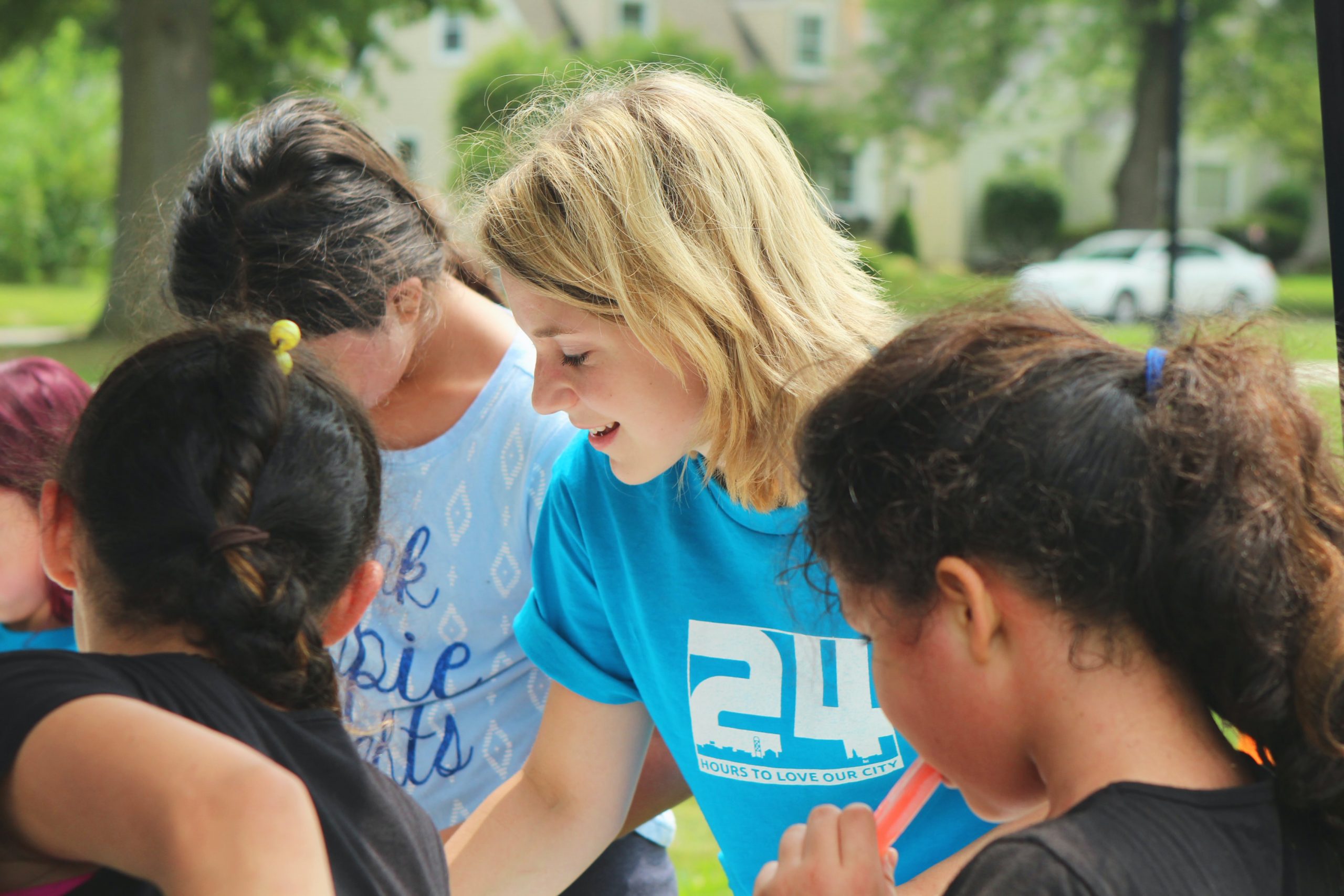Creative Brief
24 Designing For Your Audience I
Consider Accessibility
A big factor in marketing to a wide range of audiences is being considerate of any and all differences. A part of inclusivity is considering all forms of inaccessibility.
“Solve for one, extend to many”
– Microsoft | Inclusive Design
This could be a person with a hearing impairment, a senior with partial blindness or someone with a cognitive disability, the reasons for inaccessibility are circumstantial but can be very prevalent in many commonly known “abled” people’s lives. Websites that lack accessibility can be very unaccommodating and can leave those who need it with fewer options in terms of online contribution. You can help normalize their experience when you consider other methods for completing forms or receiving and understanding content when they are able to make an impact for your organization because you made an impact on their experience, you are creating a strong relationship with your supporters from all categories. Below are two examples of companies that have adopted inclusivity practices in their development and research process.
Example: International Business Machines Corporation (IBM)
IBM is an international company that is known to have extremely high standards when producing its technologies and adhering to government-mandated standards. They are considered one of the first technology companies that even considered hiring people with a disability. With over 100 years of experience in creating solutions for accessibility, IBM has developed a work culture and mindset for employees to always explore opportunities in creating an inclusive experience. In fact, implementing accessibility principles at every stage of development has become such a core value at IBM that every employee, whether they work in design, functionality, or sales, will need to receive training to ensure all users and customers are being accommodated. IBM is also a strong advocate in hiring and building an accessible workforce. Many employees with disabilities have been promoted and emerged as leaders at IBM.
Example: The Sustainable Development Goal – Reduced Inequalities (SDG #10)
One of the seventeen United Nations Sustainable Development Goals is Reduced Inequalities (SDG #10). So what is the goal of SDG #10 and why is it important?
The goal is to reduce inequalities within and among countries so that the world will become a more inclusive environment for all individuals. In 2013, Google launched the Google Impact Challenge, an initiative to make the digital world more accessible for people with disabilities. This initiative focuses on improving the auto-complete function, machine learning for auto-captioning, modifying colour contrasts for people that have low vision, voice control and artificial intelligence to provide visuals for blind users. Today, Google continues to develop its artificial intelligence so that its non-language processing is able to continuously adapt, grow, and inform all users the ability to understand language beyond human speech. They also fund nonprofit entrepreneurs and communities around the world to ensure new technology is inclusive of marginalized communities.
Learn more about this Case Study: How Designing For Disabled People Is Giving Google An Edge
Consider Values

An NPO can create value, or benefits, for customers by solving a problem, satisfying a need, or rallying for change. Referring back to the creative brief, the user value propositions (UVPs) are the reasons that allies choose one option over another when deciding how to contribute. Their choices may be influenced by intangibles like convenience, accessibility, and risk reduction or physical/tangibles like brand, design, newness, performance, customization, and price. Refer back to the Spectrum of Allies and consider what kind of values does each group benefits from? What causes them to shift from a neutral to a passive ally and finally to an active ally?
“When we understand what our users value, design can effectively communicate those values back to our audiences and influence them to affect change.”
To help you consider what your allies may value from your NPO, ask yourself these questions:
- What problem are we solving?
- Why do our allies interact with or donate to our non-profit organization or campaigns?
- What do we provide our allies?
- Do our allies value emotional benefits or satisfaction?
- Are there any physical/tangible benefits?
Attributions:
This page contains material taken from:
Accessible Educational Materials. (n.d.). Accessibility Standards, Specifications & Guidelines. Retrieved July 29, 2020, from National Center on Accessible Educational Materials: http://aem.cast.org/creating/accessibility-standards-specifications-guidelines.html
Black, S., Gardner, D., Pierce, J., & Steers, R. (2019, February 27). Business Model Canvas. Retrieved May 28, 2020, from https://opentextbc.ca/organizationalbehavioropenstax/chapter/business-model-canvas/
Brownlee, J. (2016, June 23). How Designing For Disabled People is Giving Google an Edge. Retrieved from Fastcompany: https://www.fastcompany.com/3060090/how-designing-for-the-disabled-is-giving-google-an-edge
Haydon, J. (2019, July 21). 4 kinds of online personas your nonprofit needs to deal with. Retrieved from https://www.socialbrite.org/2012/07/16/4-kinds-of-online-personas-your-nonprofit-needs-to-deal-with/
Open Design Kit. (n.d.). Retrieved from http://opendesignkit.org/methods/personas/
Roberts, J. (n.d.). Creative brief. Retrieved May 28, 2020, from https://ohiostate.pressbooks.pub/stratcommwriting/chapter/creative-brief/
Russel, J. K. (n.d.). Beautiful Trouble. Retrieved June 10, 2020, from https://beautifultrouble.org/principle/shift-the-spectrum-of-allies/
Socialbrite. (2013, April 17). A step-by-step guide to creating a media strategy. Retrieved from https://www.socialbrite.org/2010/05/27/create-distribute-media-for-a-campaign/
Women’s Coalition (Nov 2014). Getting to the Roots: Exploring Systemic Violence Against Women in the Downtown Eastside of Vancouver.
Women’s March [@womensmarch]. (2020, May 26) Weaponized whiteness hurts everyone. It takes interpersonal racism and transforms it into structural racism. It kills Black people. [Tweet]. Retrieved from https://twitter.com/womensmarch/status/1265372407352655882

